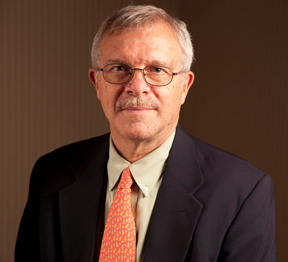
Aging carries with it a host of medical issues for men, among them a gradual reduction in testosterone levels. One of the many consequences of this reduction may be erectile dysfunction (“ED”). It is estimated that around 5% of 40-year old men and up to 25% of 65 year-old men suffer from erectile dysfunction. A normal younger man can fail to achieve an erection 20% of the time, but it should not happen over 50% of the time. Fatigue, stress, excess alcohol, arteriosclerosis, hypertension, diabetes, many medications and other common factors can cause erectile dysfunction. The estimated 5 million men in the U.S. suffering from low testosterone, however, represent an irresistible and lucrative market.
Legitimate concerns about potency, coupled with anxieties associated with aging of the baby boomers, has spawned a multi-billion dollar industry for the treatment of erectile dysfunction. Sales of Viagra and Cialis exceed one billion dollars each. The top 100 most-prescribed medications include Viagra (18th), Cialis (21st) and Levitra (96th)—all three medications for erectile dysfunction, with total prescriptions of the three exceeding 16 million.
Testosterone replacement in gels, patches and injections, all used for decreased potency associated with “Low T”, has now achieved sales of $1.6 billion a year. Androgel brought in $1.14 billion in sales in 2013 and Axiron resulted in $168 million in sales (an 85% increase from 2011). Heavy direct-to-consumer (DTC) advertising by pharmaceutical firms has helped boost sales of all such medications significantly, a well-documented phenomena. In fact, sales of testosterone have increased five times from 2000 to 2011, now reaching 5.3 million prescriptions. What older man doesn’t want to feel a newfound surge of energy, stamina and sexual potency?
Like all medications, however, there is no such thing as a free lunch. While testosterone does increase muscle mass and physical stamina, there is also evidence that it worsens benign prostatic hypertrophy (enlargement of the prostate) and prostate cancer, both contraindications to its use. What is less well known is that it may also increase rates of heart attacks. A New England Journal of Medicine study in 2010 reported that testosterone replacement caused a significant increase in cardiac risk. Another more recent study of over 8,000 men by the U.S. Veteran’s Administration, published in the Journal of the American Medical Association (JAMA), confirmed a 29% increase in the risk of having a heart attack in the testosterone replacement group. It should be mentioned, however, that many of the men had underlying heart disease or diabetes in that particular elderly population.
An associate editor for the JAMA, Anne Cappola, was quoted by Nicole Ostrow at Bloomberg as saying that some “think it’s the fountain of youth. It’s going to give them back sexual performance, strength and endurance. The direct marketing of testosterone is playing into that. There needs to be that other voice saying there’s no medication out there with all benefit and no risk. There’s always a tradeoff.”
As distressing as aging is, especially to those of the baby boomer generation, a decrease in sexual potency may be one of the prices to be paid for longevity. Trying to achieve sexual performance through pills, patches and gels may be increasing risk for questionable benefits. Those anxious to sell us the “fountain of youth” need to make it clear that there is always a risk/benefit ratio with all drugs and those risks should never exceed the real or imagined benefits they confer.









